Fragrances and Fragonard
“Travels with a Curator,” the Frick’s virtual series, takes you to cultural and historic sites in Provence and elsewhere to ease the isolation we all feel now. Tune in!
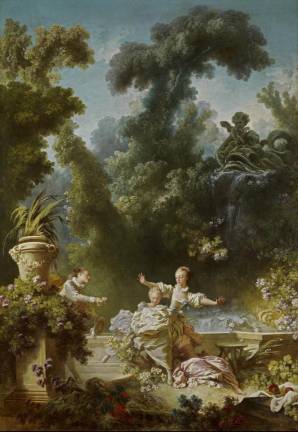
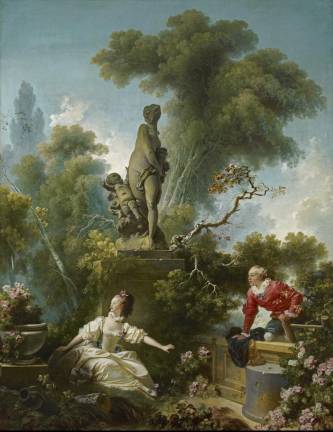
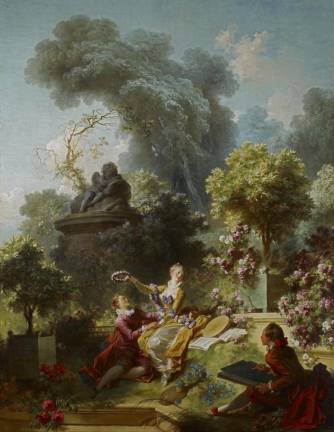
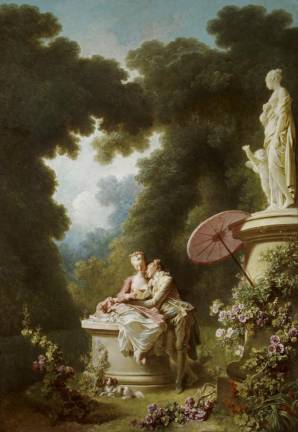
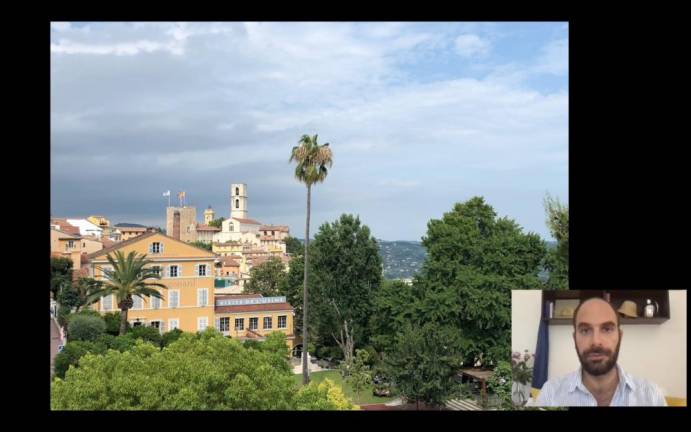
As the virus persists and puts a damper on travel and adventure, the curators at the Frick have been bringing snapshots of cultural and historic sites linked to its collection to a virtual audience every Wednesday. Members get a first peak at new episodes in the glorious “Travels with a Curator” series, but the general public can catch up the following week on the museum’s YouTube channel, where the rest of the videos are archived and available for viewing. Think 20 videos for 20 destinations by September 9, when the last episode circles back to the mainland and features The Frick Pittsburgh.
Peter Jay Sharp Chief Curator Xavier F. Salomon and Curator Aimee Ng, familiar figures from the museum’s inspired “Cocktails with a Curator” series, share duties and transport a global audience to places like London, Rome, Genoa, Bruges, Warsaw, Jericho, Honolulu and Osuna, Spain, the latter a location for the filming of “Game of Thrones.”
Times are tough, and when the going gets tough, art lovers get going and seek refuge in beauty and the wonders of our cultural heritage. Feeling wanderlust, but can’t go anywhere exotic? The Frick’s carefully curated travel videos take you where you need to go in the pandemic to ease the isolation and cancel the noise and the worry. It’s escapism at its finest, and if you’re not already clued in and tuning in, do yourself a favor and jump in — especially if you are feeling squeamish about visiting museums in person, now that they are reopening across the city.
Oh, the places you’ll go and the art you’ll see, if only virtually. The curators give context for notable pieces in the collection, drawing on their scholarship and expertise about the sites and cultures that shaped the art and artists. A recent episode narrated by Xavier Salomon lands us in the city of Grasse in Provence on the French Riviera, birthplace of the great 18th-century artist Jean-Honoré Fragonard (1732-1806) and perfume capital of the world (there’s a jasmine festival in August to kick off the jasmine harvest).
“Progress of Love”
Fans of the Frick will be familiar with the Fragonard Room, where the artist’s iconic “Progress of Love” series hangs. The four largest paintings in the ensemble mark the journey to fulfillment: “The Pursuit” (1771-72), “The Meeting” (1771-72), “The Lover Crowned” (1771-72) and “Love Letters” (1771-72).
Following an aerial view of Grasse and inside look at its medieval cathedral, Notre-Dame du Puy, home to an early religious painting by a young Fragonard, Salomon leads us just outside the historic district to Villa Fragonard, which belonged to the artist’s cousin and is now open to the public. The “Progress of Love” canvases decorated the main salon of the villa for more than a century before being replaced by the copies that can be seen today. The originals were sold off in 1898 to an English dealer and eventually made their way to Henry Clay Frick’s house on Fifth Avenue in 1915.
The love paintings had been created for Madame du Barry, King Louis XV’s mistress, in the early 1770s, but she rejected the pieces, Salomon says. Fragonard then “probably kept them rolled up in his house. He lived in the Palace of the Louvre, where other artists had their studios and lived, and he probably had these canvases rolled up there for about 20 years.” That is, until he left Paris for Grasse in 1790 to wait out the Reign of Terror, and had the items installed in his cousin’s residence, which he rented and decorated for more than a year.
He added ten more works to the “Progress of Love” salon, including four panels of hollyhocks and the fiery “Love Triumphant” (1790-91), a painting with an ascendant Cupid that originally towered over a fireplace to foster the idea of flames entering the picture.
“He Paints Everything”
The Louvre has loaned treasures to the Villa, Salomon notes, including a chair belonging to the artist and, thrillingly, a set of his pigments — bright blues, yellows and crimson reds.
But a tour of the premises reveals something quite unusual as well: a two-story mural painted along a grand staircase in grisaille—all black and white and shades of gray, no color. It’s festooned with ancient and allegorical figures, Masonic symbols and Republican symbols (Grasse was a pro-Revolutionary city). It’s a unique and “grandiose” piece, Salomon says, “the only mural large-scheme by Fragonard, and in terms of its iconography, it’s a particularly strange and wonderful commission.”
He continues: “I love some of the details of the staircase. He paints everything. He paints even the doors, with this almost abstract decoration. When you look at this [squiggly shapes and dabs of paint], you could imagine that Matisse, who of course spent a lot of time in Nice and in the south of France, would have painted something along these lines. You would never guess this is an 18th century work done in the 1790s by Fragonard.”
You could guess that the Frick could bring the art and monuments of Grasse to your apartment, but the smells of Parfumerie Fragonard? The fougassette bread with orange flower water?
Adding Grasse to the bucket list.
“Travels with a Curator” at The Frick Collection: https://www.frick.org/interact/miniseries/travels_curator